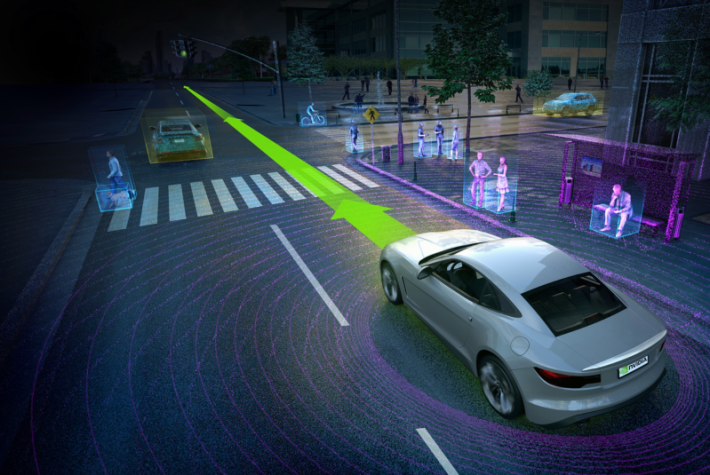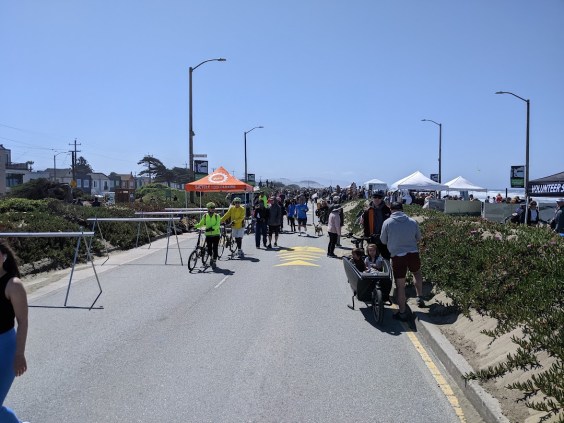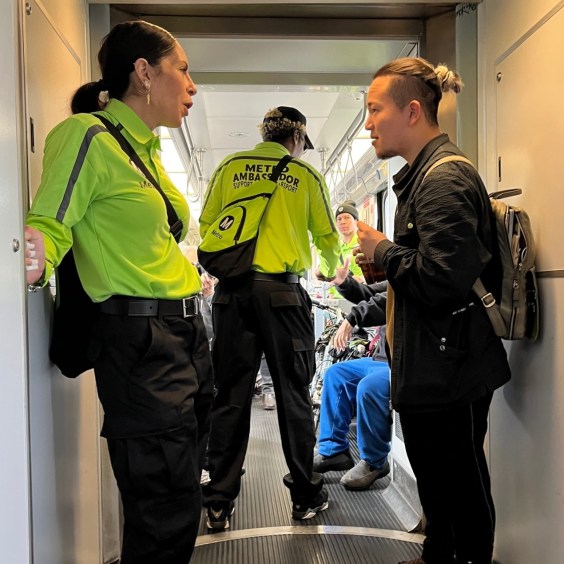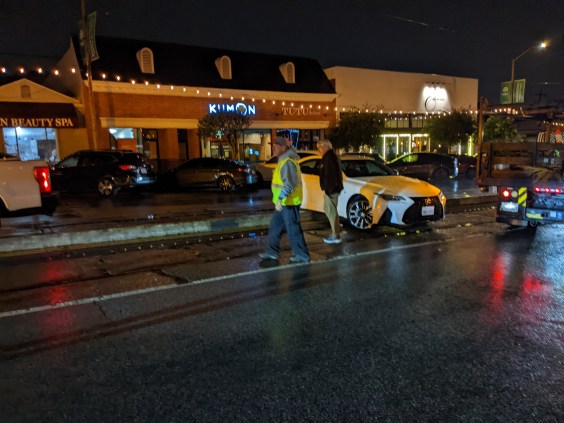A big part of reducing car traffic involves using cars more efficiently. Ride-hailing services like Uber and Lyft are supposedly assisting in this transition by making car ownership less necessary. But even though both companies operate carpool-type services, most of their business still comes from single passenger trips.

Other ride-hailing companies are all about shared trips. Network blog Cap'n Transit has an assessment of one of these services, Via, which operates in Manhattan and parts of Chicago. For a $5 fare, Via takes multiple passengers headed in the same direction:
Via is much more like a bus than a taxi. Twice I've gotten sedans, but the Via-cles are usually SUVs. I've had at least one trip with three other people, meaning I had to sit in the third row of one of those Suburbans or Navigators or Explorers. Since those aren't really made for people getting in and out frequently, I'm wondering how soon Via is going to start running vans big enough to stand up in.
A number of people have objected to Uber and Lyft because of the “gig economy” arrangements they have with their drivers. Of course, they’re not much worse than the taxi medallion owners in that regard. But on one recent Via trip the driver was chatting with us, and he said that Via drivers are all paid by the hour, possibly even full time. If that is correct, it sounds like a much better deal for them than just about any other taxi arrangement.
As I’ve said before, Uber and Lyft are a huge improvement over the way we did taxis up to a few years ago, but in their current incarnations they won’t do much to help the transit capacity crunch we’re feeling in cities like New York. The Via model is much more promising, and the more Uber and Lyft act on those lines, like with Uberhop, the more helpful they will be in relieving our capacity constraints.
Elsewhere on the Network today: MZ Strategies looks at some reasons why American transit lags behind other countries. Bike Walk Lee has details about a road diet on an important southwest Florida corridor. And Green City Blue Lake takes a close look at Greater Cleveland RTA's finances in light of looming fare hikes and service cuts.





